In previous articles, we covered the Scan and Strategy backtesting features available on Thinkorswim. This article will focus on how to use both Scan and Strategy backtesting to examine the sensitivity and robustness of your trading strategies.
The yellow boxes on the left are the various filters that can be utilized to identify symbols that have a higher probability of breaking up or down quickly. These filters, such as Auto-Framer, Rsat, Sniper, Swings, have been developed by Ken Long using statistical methods and you may have other indicators that you believe to be effective. The yellow boxes contain the criteria used by the Thinkorswim scanner to select the symbols.
The "Watchlist of symbols" refers to a collection of symbols you want to process through the Thinkorswim scanner to see which ones meet the criteria set by the yellow box filters. When the Thinkorswim scanner is executed, it will show which symbols from your watchlist have satisfied the filter conditions under examination
The Thinkorswim Strategy Backtester uses the rules written in Thinkscript language to backtest the symbols identified by the Thinkorswim scanner. The outcome from the Strategy Backtester will include a Profit and Loss curve and a table showcasing the trades and their respective gains or losses
On lower left, the Thinkorswim scanner output that lists the symbols that met the “Swing System” filter criteria. In the middle is the P&L of the strategy backtester for a symbol. Upper right is a summary of the P&L vs symbol and trailstop sizes
In this hypothetical scenario, the Profit/Loss table displays, in the horizontal dimension, that AA, FRO, FCX, and WBD are robust, or profitable, under different trail stop sizes. In the vertical dimension, it can be seen that Trail stop 3 is the most profitable stop size.
This process can be applied to conduct various other studies as well. For instance, you may wish to determine which filter is more effective in a specific market condition. Alternatively, you can develop a new filter and use this process to evaluate its performance.
In our Applied Systems Development course, we provide instruction on a functioning system called the Kata Challenge. In addition we teach the various other indicators and trading techniques developed by Ken Long. You may choose to concentrate solely on the Kata Challenge as a working system, and at a later time, opt to use the aforementioned process to create a portfolio of different strategies based on the Kata Challenge



